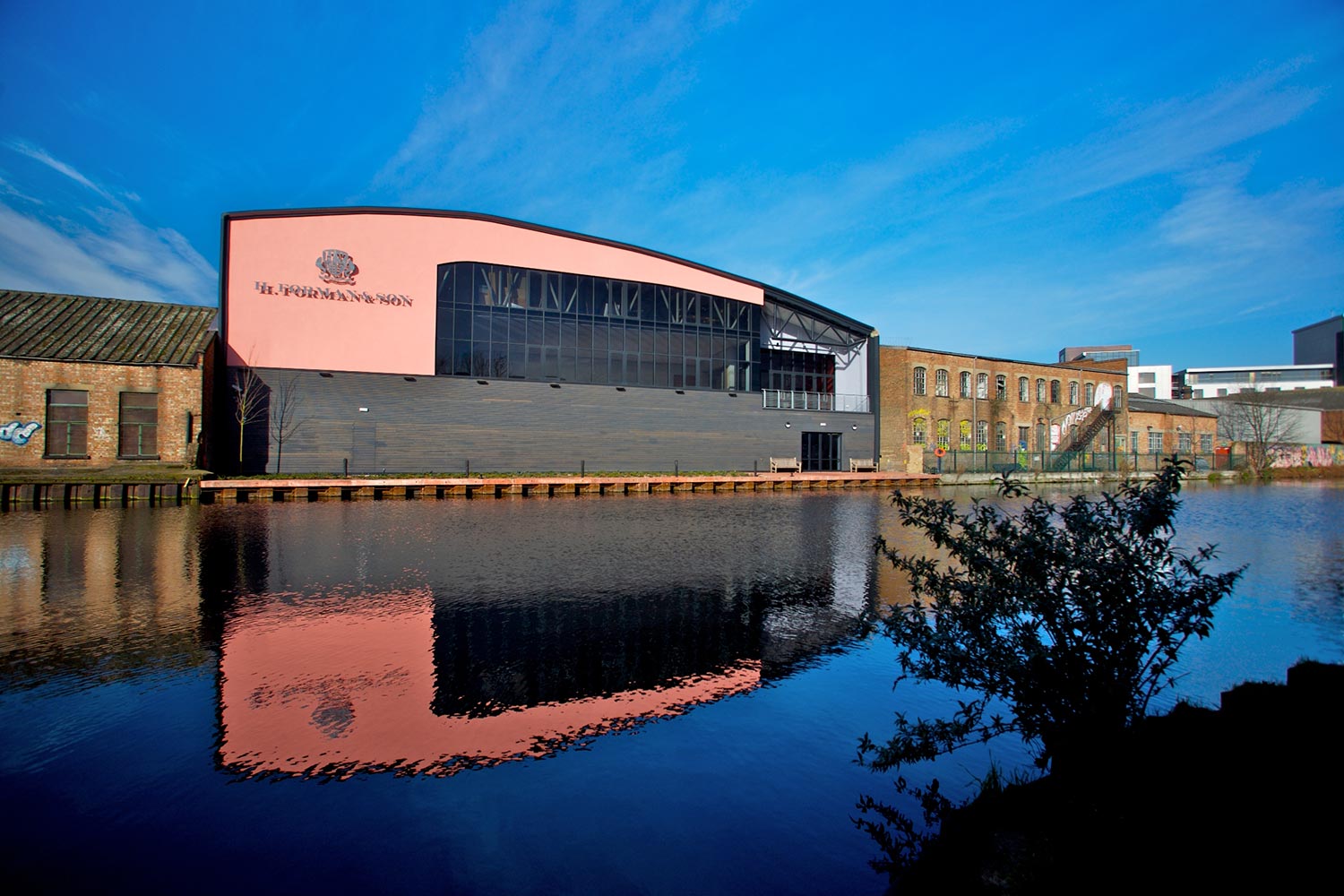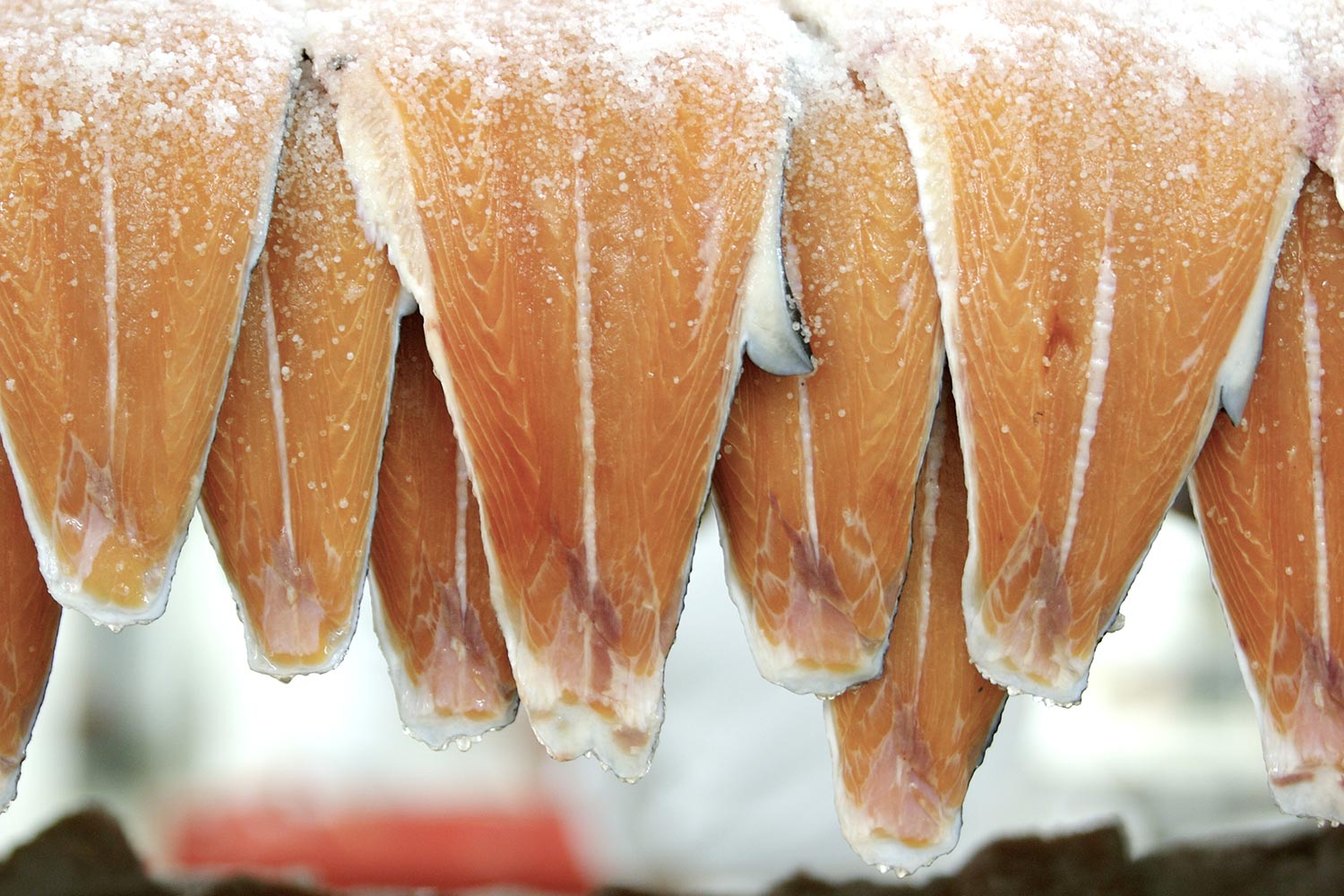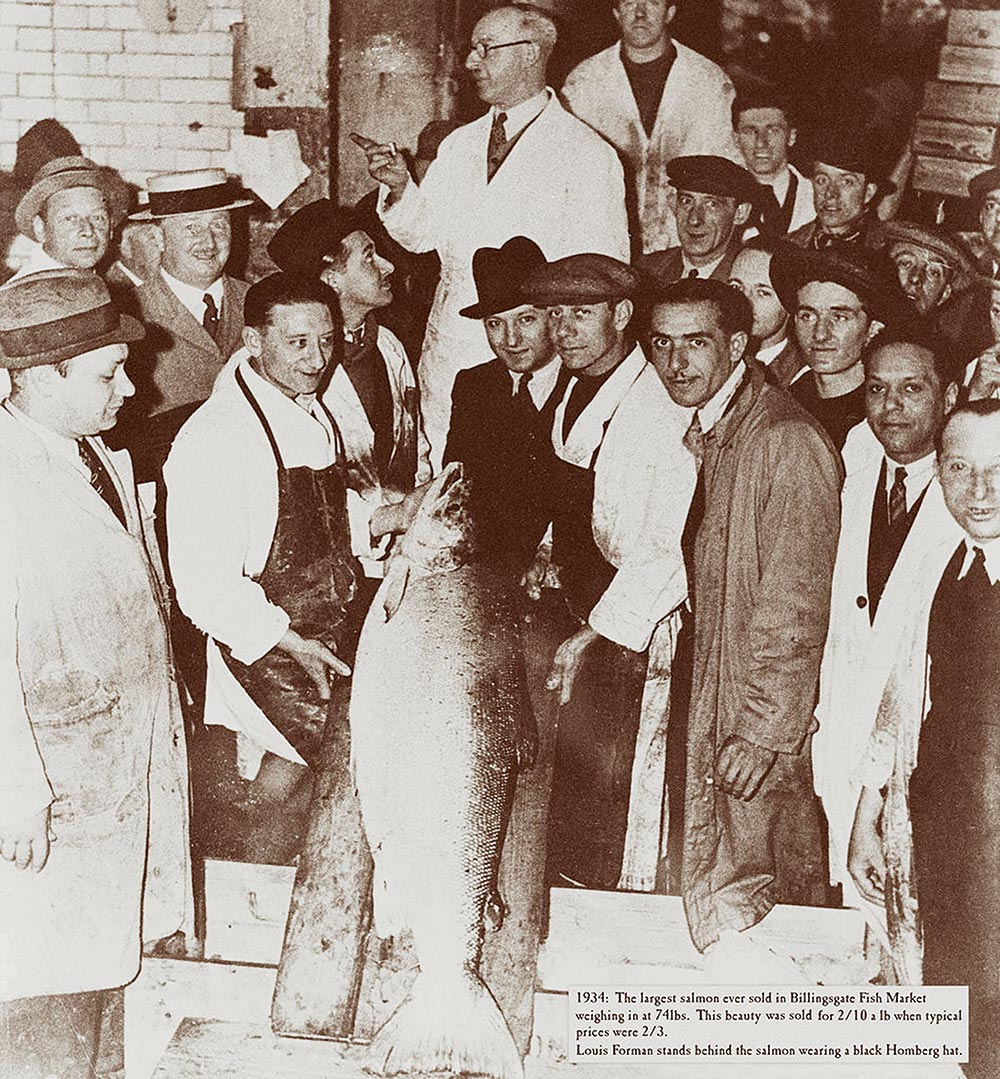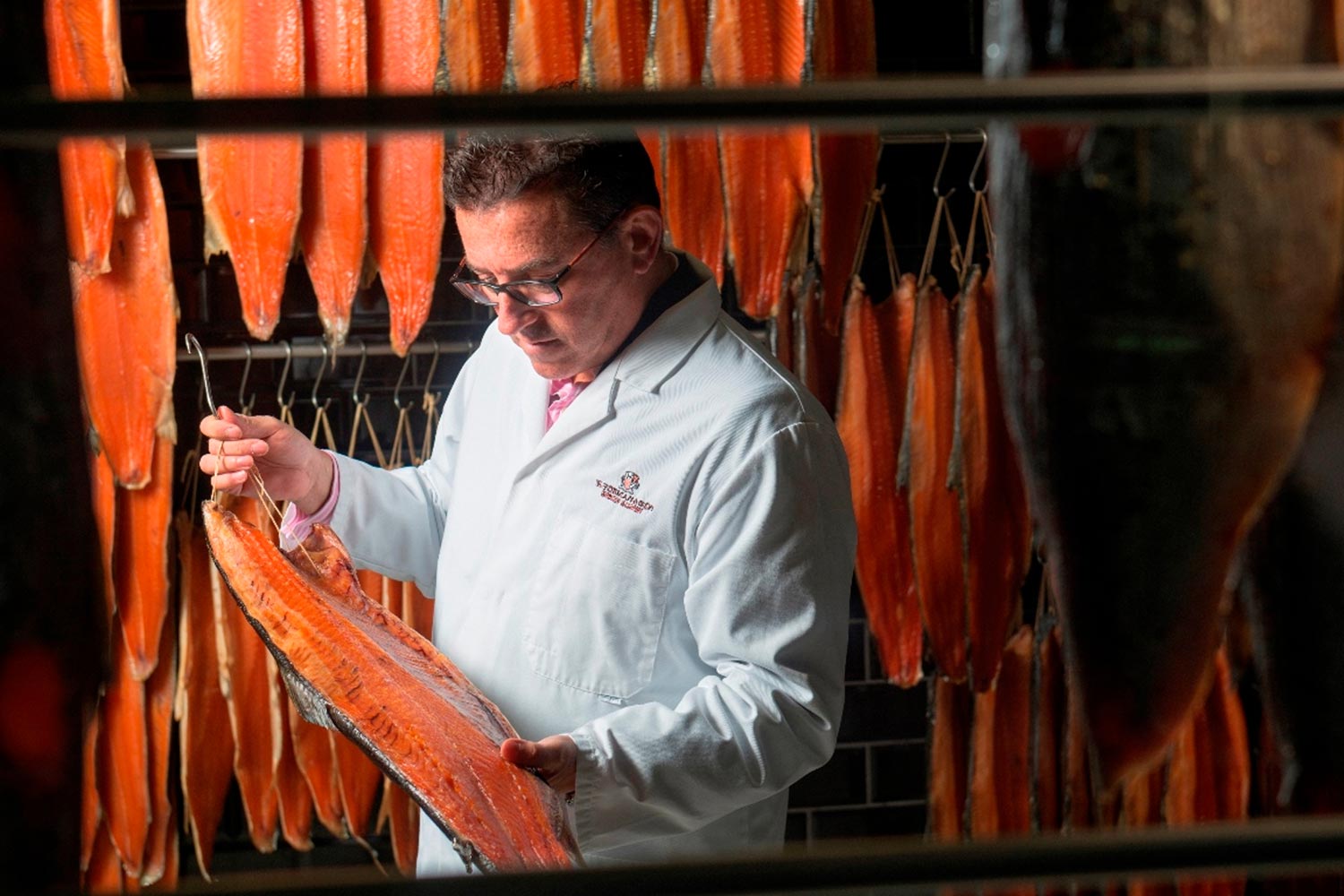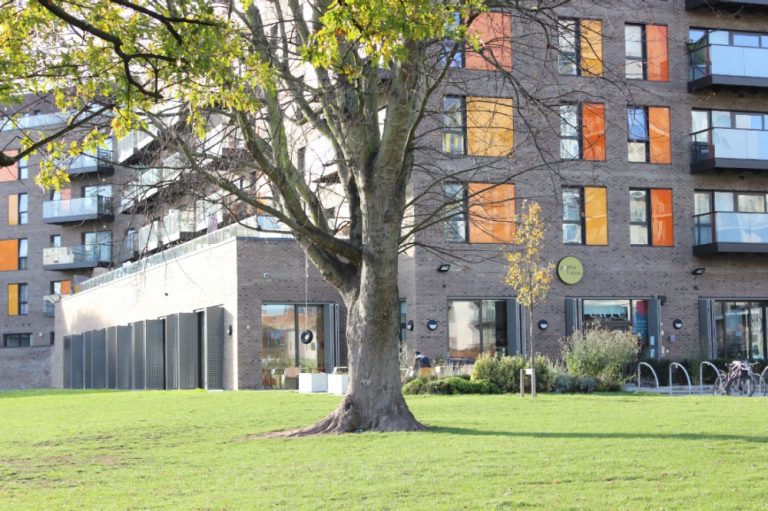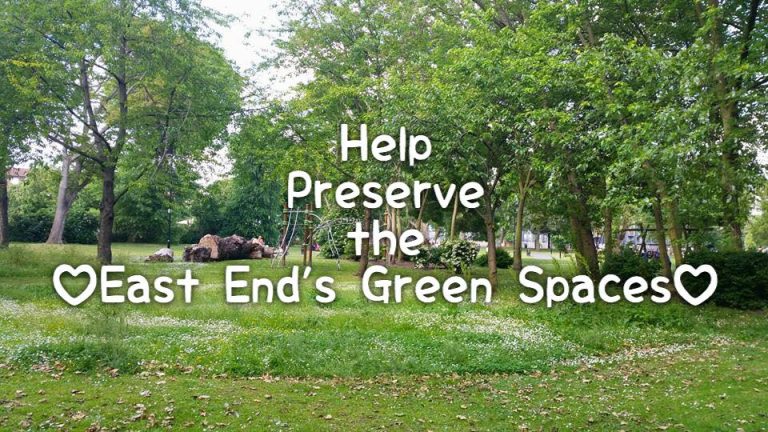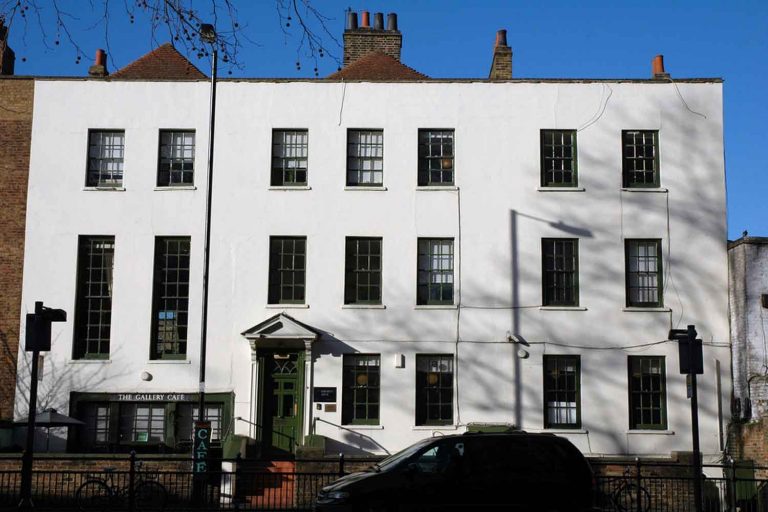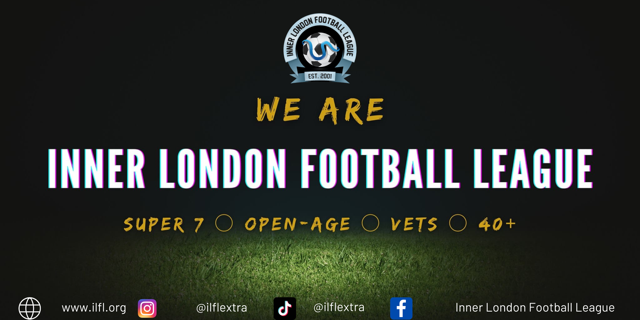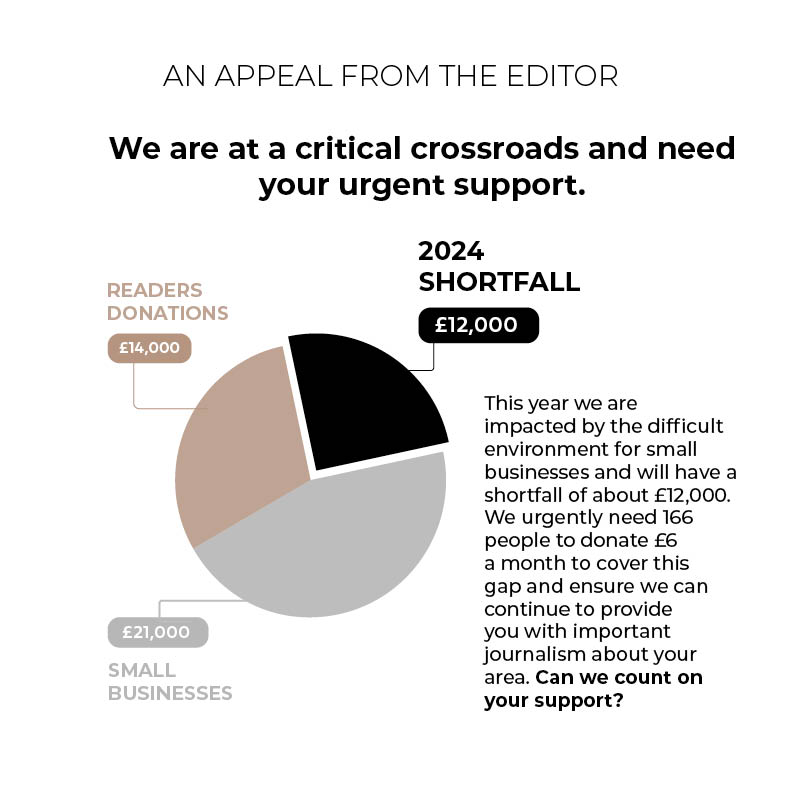Fish Island’s Forman’s: the Rolls Royce of the smoked salmon industry
H. Forman & Son as been filleting, salting, smoking and slicing smoked salmon in exactly the same way for 113 years. The salmon is prepared by hand, from the moment it arrives at the Fish Island building, to the moment it gets packed off to Michelin star chefs, luxury food halls and gourmet restaurants. Since 1905, the world has gone wild for Forman’s ‘London Cure’, the smoking method specific to the East End.
‘We’re not the biggest producer in the world, but we’re the Rolls Royce of the smoked salmon industry,’ says Lance Forman, who heads up the company. As the fish moved through the guts of the building below us, we spoke to Forman about what makes the London Cure so special, about gin and tonic flavoured fish and the fight with the Olympic committee that nearly destroyed them.
The history of London Cured smoked salmon
The London Cure smoking method was invented by Aaron ‘Harry’ Forman, the great-grandfather of Lance. Harry came over from Russia to east London at the turn of the century, providing the Jewish community with salmon shipped over from the Baltics.
One day, at Billingsgate fish market, he realised there was a salmon native to this country: the Scottish salmon. ‘The quality was amazing. It was the marriage of London technique with Scottish salmon that made it this great food,’ says Lance Forman.
‘So instead of just selling it to his local community, my great grandfather took it around to fine dining restaurants and food halls, like Harrods, and smoked salmon was born as a gourmet food. Born here in east London.’
The production room is hypnotic, filled with skilled filleters and people who are passionate about fish. Around 500 fish come through the doors each day, where they are split, washed and lined up on racks of salt for 24 hours. That removes moisture from the flesh, taking 10% of its weight.
Next, the fish goes into a kiln for 24 hours. This makes the surface tacky, allowing the smoke to stick to the fish and form a protective seal. And what’s inside, is Forman’s London cured smoked salmon. The same recipe as 113 years ago.
‘You’ll get a hint of smoke coming through from the residue,’ says Forman, ‘but smoked salmon isn’t actually meant to taste like smoke.’ According to Forman, people dislike smoked salmon for its slimyness and its smokiness. But those characteristics have arisen from mass production.
After the Forman’s smoking process, 30% of the weight of the fish has been lost. If you’re a mass producer worried about money rather than taste, that’s 30% loss in profit. After shipping the salmon over from Norway, gutting them and cleaning them, big suppliers want to keep the fish wet to retain the weight, sometimes even injecting it with liquid. This makes the fish too slimy for the smoke to stick to the outside, so instead it’s absorbed. The producers then add sugar to counteract the overpowering, bitter, smokey taste, and destroying the natural flavours.
As supermarkets pressure producers to lower the price, the quality of the fish gets worse. Forman’s, however, never tries to compete on price. ‘We don’t really feel the threat from them,’ Forman says. ‘As far as we’re concerned, it’s a different product. Forman’s is the real smoked salmon. The original London Cure.’
Today, Forman’s salmon is the favourite of gourmet chefs across the world, including Gordon Ramsey, Marcus Wareing and Marco Pierre White.
Forman’s protected status
Forman’s recipe is so special that is has been awarded Protected Geographical Indication (PGI) status. The PGI stamp acts as a sort of trade mark and is designed to protect and promote regional food products that have a reputation or quality specific to that area (in Forman’s case, being from east London). It stops manufacturers from outside the region copying the product and selling it as their own.
The Fish Island smokery, then, is the first ever London-based food or drink to get PGI status, making London the first capital city in Europe to have a food or a drink named after it with protected status. In order to be considered ‘London Cure’, the salmon must be smoked and processed by hand, and cannot have any additives apart from salt and oak smoke. This eliminates approximately 99.99% of their competitors.
Over 100 years since its conception, and Forman’s is still stocking many of the same gourmet restaurants and luxury food halls (Harrods, Selfridges, The Ivy), as well as Waitrose, Tesco and Sainsbury’s. Their line has expanded to smoked tuna, mackerel, potted lobster and even caviar, shipped to chefs and customers all over the world.
They also pride themselves on setting smoked salmon trends – think gin and tonic cure, wasabi and ginger flavour, and salty, chewy salmon jerky (made from the discarded outer crust of the salmon).
Despite being busy today, Christmas is ‘wild’, says Forman. Online, almost half their annual turnover leaves them in one week. Lucky, then, that one of his 80 employees beat Gordon Ramsey to the world record for fastest and most accurate de-boning and carving of a smoked salmon (1 minute 24 seconds). It has over 8.9 million views on YouTube.
The Olympic Games and Fish Island
H. Forman & Son moved from Stepney to a new base in Stratford around the Millennium, but two years later were told they had to make way for the Queen Elizabeth Olympic Stadium. ‘We had a year to move out, so we were dead as a business,’ says Forman who has since written a book about the process (The Dark Underside of the London Olympics).
Over 350 local businesses had to move from the area – ‘the greatest concentration of manufacturing land in London kicked out for 17 weeks of sport’. Forman was bought out of the land by the government. But land prices had gone up because of the Olympics, meaning he couldn’t afford to buy a site nearby.
‘My line was simple,’ says Forman. ‘”Should the Olympics be about destroying hundred-year-old businesses?” The government were paying industrial prices for property like ours and then building homes on it for eight times the price. It was legalised robbery by the state.’
But it was about more than just money. H. Forman and Son needed to be in East End because it is part of their identity. ‘It’s our heritage,’ says Forman. ‘London cured smoked salmon is about east London. And our staff, who have worked for us for 10, 20, 30 years, are all locals.’
In the end, the government helped them buy their current Fish Island property. But what now? How has the Olympics affected their business?
‘They said the Olympics was about regenerating the local area, but they could have done it on a big bubble on the moon,’ says Forman. ‘People were marshalled in on the train, stuck in the boundaries, then they marshal you back home so you could watch it on your TV. The best way to regenerate is to allow people to explore the area and they didn’t do that.’
Today, their restaurant and event space upstairs gets lots of use from West Ham fans before games, and is also used for exhibitions by local artists, weddings, fashion shows and birthday parties. And all in a building shaped like a piece of salmon, as a cross-section: the roof is latticed like salmon skin, the windows look like bones, curving around is the pink flesh, and the factory below is the gut.
113 years later, it’s the same East End fish, just in a slightly different pond.
The Forman’s restaurant is open on Thursday and Friday between 7pm and 11pm; on Saturdays from 10am-3pm, and 7pm to 11pm; and for Sunday lunch between midday and 5pm.
They also offer tours of the factory. Visit the Forman’s website for more information.
You can find H. Forman & Sons at Stour Road, London E3 2NT.
If you liked this, why not read about the sourdough made at the famous Breid bakery.
